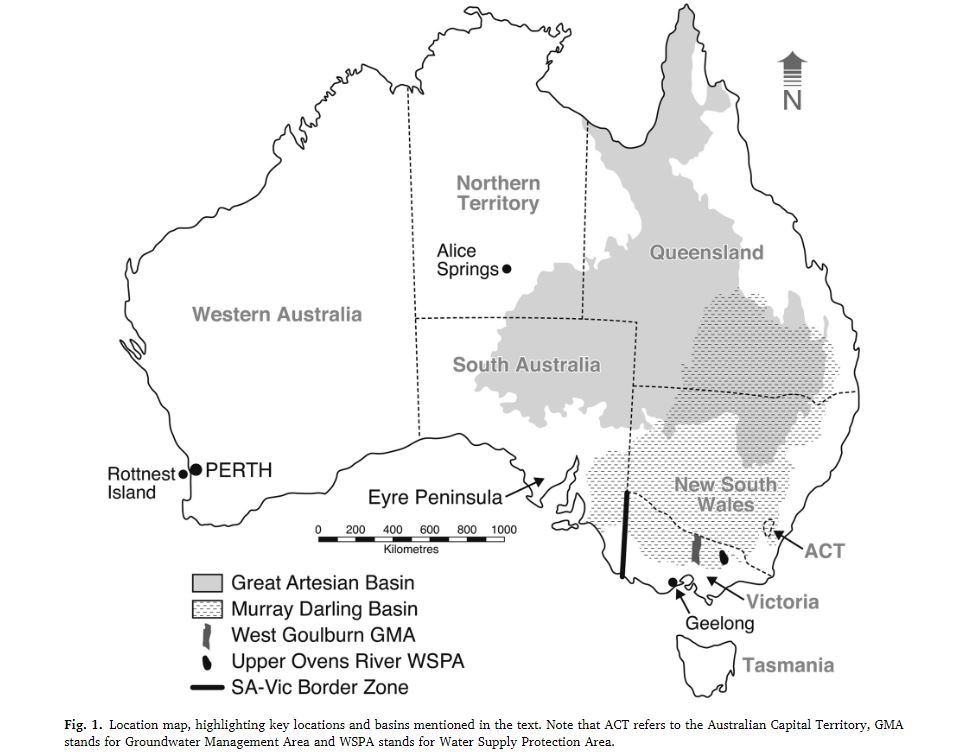Australian agriculture is still on track for an outstanding 12 months, despite the impact of the devastating floods in the eastern states.
Executive Director of ABARES Dr Jared Greenville said the release of the ABARES Agricultural Commodities and Crop Reports shows the sector setting new benchmarks in export commodities and high yields for winter crops.
“The gross value of agricultural production is forecast to be a near-record $85 billion in 2022-23, just shy of the record set the previous year,” Dr Greenville said.
“Meanwhile, the winter crop is forecast to be the second largest on record at over 62 million tonnes. Livestock production is expected to hold steady, contributing $34 billon to the national total.
“Another bumper year combined with high commodity prices means Australia’s agricultural exports are forecast to break records at over $72 billion in 2022-23.
“While the spring rain has impacted production, yields and quality in some parts of the country, some states are experiencing their best winter crops on record.
“Crops in Western Australia and South Australia benefitted the most from spring conditions, with total production in both states forecast to reach new record levels. Total production in Queensland is forecast to reach the second highest on record, despite parts of the Darling Downs missing out on plantings after being impacted by the floods.
“In other parts of the country, the results are mixed with both flooding and water-logging impacting winter crop production.
“We saw a record amount of crop planted in Victoria this year. At the state level, high yields in the Mallee and the Wimmera will offset crop losses in central and northern border regions. However, the full picture of damage to crops from extensive waterlogging remains an unknown.
“Unfortunately, New South Wales has borne the brunt of the damage from the spring rains and subsequent floods. Record spring rainfall followed above average rain in August, which has led to losses. The total production for New South Wales has been revised down by 2 million tonnes since our last Crop Report in September.
“Considerable uncertainty remains over winter crop harvest progress and grain quality in New South Wales and Victoria given ongoing high rainfall, which could lead to downgrades in production value. Harvests in Victoria and New South Wales are likely to run well into summer.”
After Australia’s floods subside, a study led by Flinders University has called for action on 18 challenges facing more sustainable use of vital groundwater, a natural resource valued at more than $34 billion to the economy.
Already, over-extraction and unregulated pumping in Australia is contributing to water table declines with serious long-term impacts on food production, other users and groundwater-dependent ecosystems and the environment, particularly during drought.

Flinders University Professor Peter Cook, from the National Centre of Groundwater Research and Training (NCGRT), says the list of challenges was ranked by groundwater professionals across Australia.
“Due to our incomplete knowledge of groundwater systems, and the complex management arrangements and decision-making processes in the field, the most highly ranked challenge is the difficulty in determining and setting regional-scale volumetric water extraction limits,” said Cook.
“Other major challenges are in determining how ecosystems will respond to declines in groundwater levels, in implementing and enforcing limits on groundwater level declines, and managing extractions from groundwater and rivers conjunctively.”
Underground water supplies provide up to one-third of water in Australia.
Presented on the findings at the recent Australian Groundwater Conference in Perth, the study also calls for better channels of stakeholder communications when applying management strategies or making decisions on groundwater management.
“Identifying these key challenges if the first step in improving Australia’s groundwater management,” Cook added.
“We must remember that groundwater is one of Australia’s most important natural resources. It’s sometimes the only water source for townships, farms and mines – and supports other urban areas, agriculture and industry around the country.”
“The current conditions are a reminder of the volatility of Australia’s climate. While it’s impressive how resilient the agriculture sector has been, it shows how events like floods and droughts can impact regions and Australian farmers,” Dr Greenville concluded.
Are you a Daily Wine News subscriber? If not, click here to join our mailing list. It’s free!





















